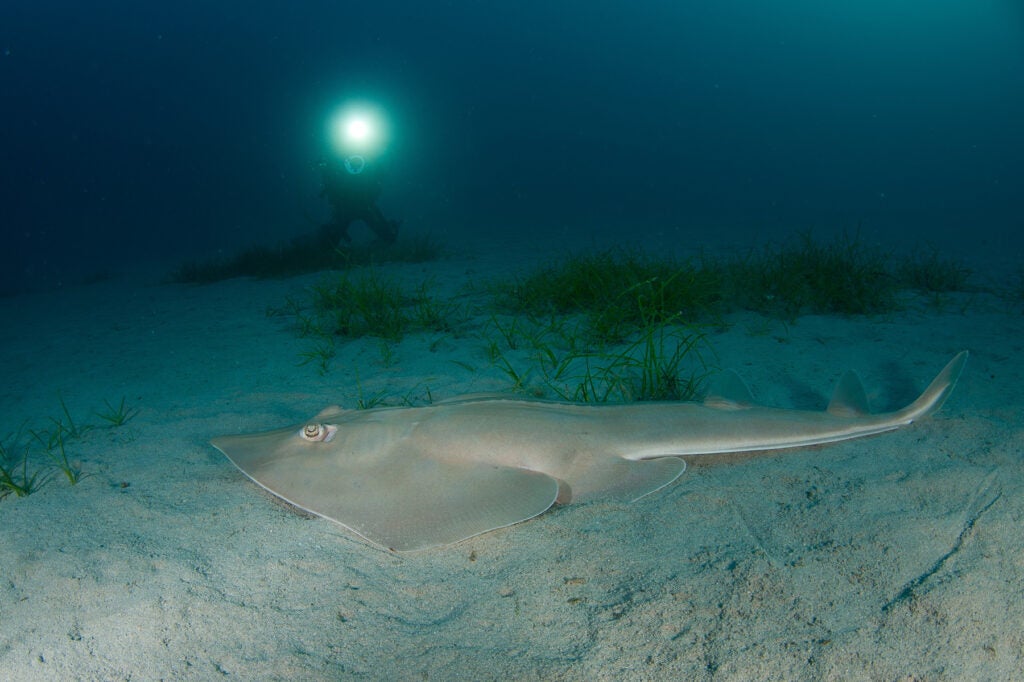May 18, 2023
Finding a home for sharks
If you want to protect sharks, you need to protect the places they call home.
It’s easy to identify many marine animals’ homes. Clownfish, like our friend from Finding Nemo, oddly enough, don’t tend to stray too far away from their favorite anemones in coral reefs. The same goes for seahorses, who often live their entire lives in a small area among algae and marine plants.
But what about protecting species that live and move about in a variety of habitats? How can we protect sharks and other pelagic species who prefer to eat, reproduce, or clean themselves in different places at different points in their lives?
In marine conservation, we often call these different places “essential habitats“, because they provide a home and safe harbor for one or more species.
Protecting sharks from industrial fishing, which often includes shark finning and accidental catches, or as bycatch, helps, but it’s not enough to save sharks from extinction. We need to do more. We need to first identify and then truly protect the many places they call home.

Around the world, specialists under the guidance of the International Union for Conservation of Nature (IUCN), try to define where these areas are and propose protection zones. Recently, the focus is on the Mediterranean, where most populations of sharks and rays are either threatened or endangered. In fact, some species of sharks like the sawfish are most likely extinct—and others are very close to the same fate.
Although it may surprise beach goers, there are still populations of great white sharks in the Mediterranean, along with others, like basking sharks, hammerhead sharks, angular roughsharks, angelsharks, guitarfish, devil rays, chimeras, among other deep-sea sharks, rays, and skates.
At Oceana, we documented many sharks in the Mediterranean on our at-sea expeditions, including basking sharks feeding on krill and resting on the muddy seafloor in deep in marine canyons. We also observed spurdogs, bluntnose sixgill sharks, and pig sharks feeding in seamounts; manta rays ‘jumping’ on the edge of marine escarpments; sandbar sharks breeding in coastal bays; even catshark eggs hanging off black corals…

And, as a result, we provided, and continue to provide, the much-needed information that the scientific community and other stakeholders need to help identify sharks’ essential habitats for protection.
That’s why it’s especially important to protect ecosystems and habitats like sea mountains and marine canyons, coral forests, sponge aggregations, and other habitats so that fish like sharks are safe in their many homes before it’s too late, regardless if it’s their seasonal home or merely a stopover.
Did you know that we now have a once-in-a-lifetime opportunity to restore nature and the ocean? Right now, governments across the EU are discussing the Nature Restoration Law. Join us and over 200 NGOs and ask your decision-makers to adopt a strong and urgent implementation of the law that can curb the nature and climate crises. It’s time we let the blue lung of our planet breathe again.

